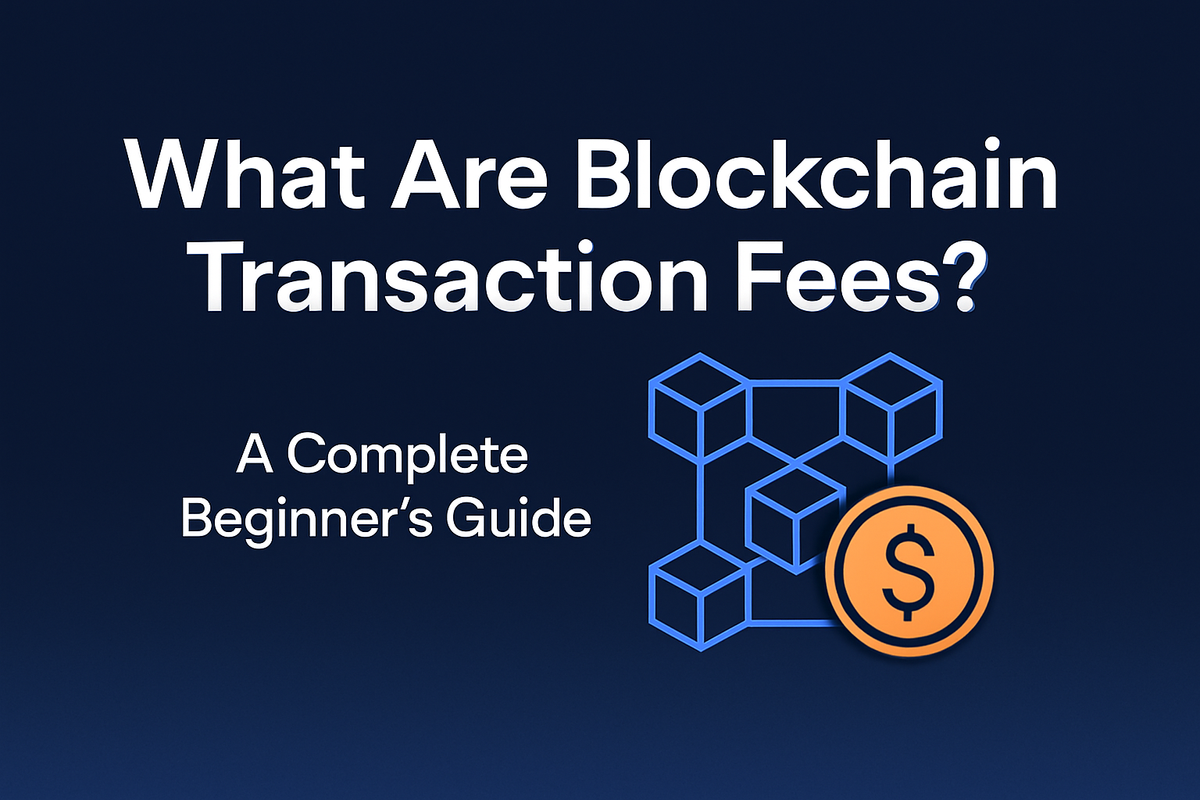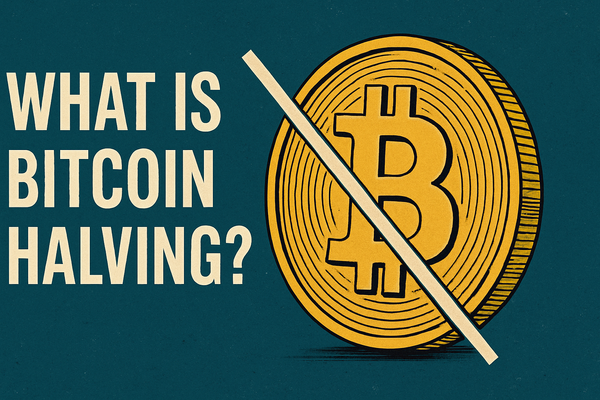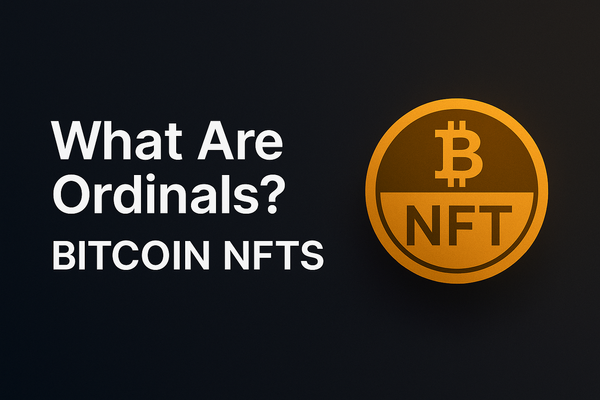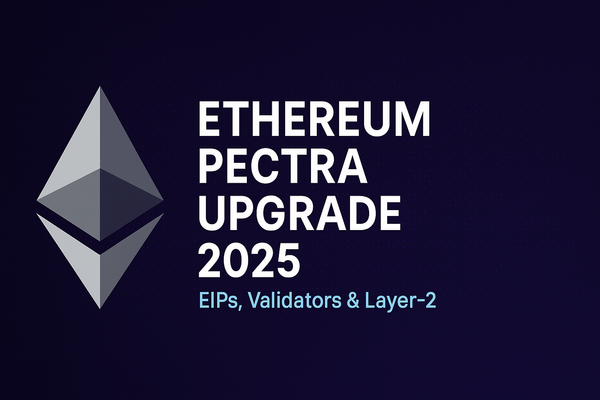What Are Blockchain Transaction Fees? A Complete Beginner’s Guide
Blockchain transaction fees are crucial for securing decentralized networks. This guide explains what they are, why they matter, how fees are calculated, and smart tips to reduce your costs.

Blockchain technology has revolutionized the way we think about transferring value and information. However, every transaction on a blockchain network comes with a cost known as a transaction fee. These fees are small payments users make to ensure their transactions are processed and validated securely. Without them, blockchains would be vulnerable to spam attacks and network congestion.
Whether you are sending Bitcoin, Ethereum, or another cryptocurrency, understanding transaction fees is essential. In this article, we’ll break down what blockchain transaction fees are, why they exist, how they are calculated, and tips to minimize them effectively.
What Are Blockchain Transaction Fees?
Blockchain transaction fees are payments made by users to have their transactions recorded on a blockchain network. When you send cryptocurrency, your transaction must be validated by miners (in proof-of-work systems) or validators (in proof-of-stake systems). These participants use computing power or stake their assets to maintain the network’s security and operation. Transaction fees act as their reward for performing this critical work.
The size of the fee can vary depending on several factors, such as network demand and the complexity of the transaction. In many blockchains, users can voluntarily increase their fees to prioritize faster processing. Without transaction fees, blockchains would struggle to incentivize network participation and could become overwhelmed with spam or unnecessary transactions. In essence, transaction fees are a fundamental part of keeping blockchain ecosystems running smoothly, securely, and efficiently.
Why Do Blockchain Fees Exist?
Blockchain fees exist to ensure the network remains secure, efficient, and functional. First, they help prevent spam by making it costly to flood the network with meaningless transactions. Without fees, malicious actors could easily overwhelm the system and slow down legitimate activity.
Second, fees prioritize transactions during times of high demand. When the network becomes congested, miners or validators naturally select transactions with higher fees, ensuring that those who need faster processing can get it. This market-driven approach keeps the network operating smoothly even under heavy loads.
Lastly, transaction fees reward miners and validators for their work. Maintaining a blockchain requires computational resources, energy, and financial stake. Fees provide an incentive to continue securing and validating the network, making blockchain technology viable over the long term. In short, without transaction fees, blockchain networks would struggle to stay fast, secure, and sustainable.
How Are Blockchain Fees Calculated?
Blockchain transaction fees are not fixed; they depend on several key factors. One of the biggest influences is transaction size. In blockchains like Bitcoin, larger transactions take up more space in a block and therefore cost more to process. In Ethereum, more complex smart contract interactions require higher computational resources, reflected in higher gas fees.
Another important factor is network congestion. When a blockchain network is busy, users compete to get their transactions confirmed faster by offering higher fees. This competition drives fees up during peak periods. Conversely, when demand is low, fees can drop significantly.
Transaction urgency also plays a role. Users can often set how much they are willing to pay. If you are willing to wait longer, you can set a lower fee. If you need a transaction confirmed quickly, a higher fee increases your chances of faster inclusion.
Different blockchains have unique models for calculating fees. Bitcoin uses a fee-per-byte system based on transaction data size. Ethereum’s model is based on "gas," where users pay for the computational effort required, adjusted by a base fee and a priority tip. Understanding these mechanisms helps users manage costs and optimize their blockchain interactions.
Examples of Blockchain Fee Structures
Different blockchains have developed their own systems for handling transaction fees, each tailored to their specific network designs.
Bitcoin uses a fee-per-byte model. Each transaction’s size, measured in bytes, determines the fee. When the Bitcoin network is busy, users must offer higher fees to have their transactions confirmed quickly. Transactions with low fees may wait longer in the mempool before being processed.
Ethereum introduced a different concept known as gas fees. Gas measures the computational effort needed to execute operations, whether sending ETH or interacting with a smart contract. After the EIP-1559 upgrade, Ethereum fees consist of a base fee, which adjusts automatically based on network demand, and an optional priority fee (tip) users can add to incentivize faster processing.
Other blockchains, like Ripple (XRP), take unique approaches. XRP uses a minimal fee structure designed mainly to prevent spam rather than to reward validators significantly. In fact, XRP fees are often fractions of a cent and are even burned (destroyed) rather than paid to validators.
These different models show how blockchain projects balance incentives, security, and network efficiency through fee structures that fit their specific needs.
How to Minimize Transaction Fees
Managing blockchain transaction fees smartly can save users significant costs over time. One of the easiest strategies is timing your transactions during periods of low network activity. Fees often drop when fewer users are competing for block space, such as on weekends or late at night.
Another effective method is using layer-2 solutions. Networks like the Lightning Network for Bitcoin or Optimism for Ethereum allow transactions to happen off-chain or in batches, dramatically lowering costs while maintaining security.
Choosing blockchains with lower fees is also a practical option. Some newer blockchains, such as Solana or Avalanche, offer fast transactions with minimal costs compared to older networks like Bitcoin and Ethereum.
Finally, many wallets let users manually adjust fee settings. Opting for a slower confirmation time can reduce your fee without sacrificing transaction security. Staying informed and flexible allows you to optimize your blockchain usage and avoid overpaying for transactions.
Future of Blockchain Transaction Fees
The future of blockchain transaction fees looks promising as new technologies aim to improve scalability and reduce costs. Layer-2 solutions are becoming more widespread, offering faster and cheaper transactions without sacrificing security. Innovations like sharding on Ethereum and alternative consensus mechanisms are also expected to ease network congestion and lower fees.
Furthermore, fee optimization algorithms and dynamic pricing models are being developed to make transaction costs more predictable and user-friendly. As blockchain adoption grows, developers are increasingly focused on creating sustainable ecosystems where high fees don’t limit access. Over time, these advancements should make blockchain networks more efficient, affordable, and inclusive for users worldwide.
Blockchain Transaction Fees FAQ
Blockchain transaction fees are payments made to miners or validators to process and confirm transactions on the network.
Fees discourage spam, prioritize transactions, and reward participants who maintain the network’s security and operation.
Transaction fees depend on factors like transaction size, network congestion, and how quickly the user wants the transaction confirmed.
No, each blockchain has a unique model. Bitcoin uses a size-based fee system, while Ethereum uses gas fees based on computation.
Yes, many wallets allow users to set custom fees, trading off cost against how quickly the transaction is confirmed.
If the fee is too low, your transaction may be delayed significantly or remain unconfirmed during times of heavy network activity.
Yes, you can time your transactions during low activity periods, use layer-2 solutions, or select blockchains with lower base fees.
Advancements like layer-2 scaling, sharding, and fee optimization aim to make blockchain fees lower, faster, and more predictable over time.
Conclusion
Blockchain transaction fees are a vital part of keeping decentralized networks secure, efficient, and resilient. While they may seem like a small detail, understanding how fees work can help users navigate the blockchain landscape more effectively. With new technologies emerging to lower costs and improve scalability, the future looks bright for making blockchain transactions faster, cheaper, and more accessible for everyone.





